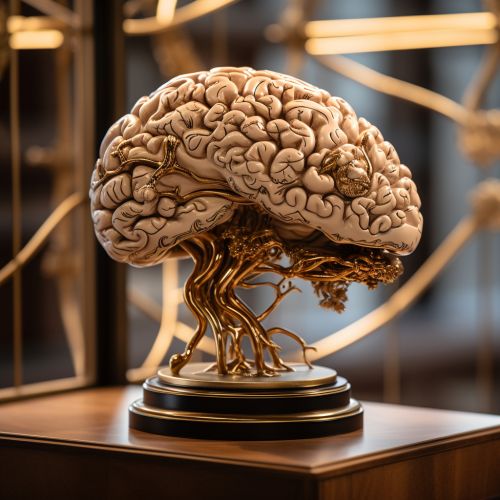Theory of Multiple Intelligences
Overview
The Theory of Multiple Intelligences is a psychological model proposed by Howard Gardner in 1983. The theory suggests that traditional measures of intelligence, such as IQ tests, are too narrow and do not fully encapsulate the wide variety of human abilities and skills. Instead, Gardner proposed that humans have multiple intelligences, each relating to a different cognitive ability. These intelligences are not mutually exclusive and can interact and overlap in complex ways.


Background
The Theory of Multiple Intelligences was first proposed in Howard Gardner's 1983 book "Frames of Mind: The Theory of Multiple Intelligences". Gardner, a psychologist and professor at Harvard University, criticized the traditional view of intelligence as a single, general ability that can be measured with a single IQ score. Instead, he proposed that humans possess multiple intelligences, each relating to a different cognitive ability.
The Intelligences
According to Gardner, there are eight distinct intelligences:
1. Linguistic intelligence: This refers to a person's ability to understand and use language effectively. It includes skills such as reading, writing, and speaking.
2. Logical-mathematical intelligence: This relates to a person's ability to reason, solve problems, and think logically. It includes skills such as problem-solving, logical reasoning, and understanding mathematical concepts.
3. Spatial intelligence: This refers to a person's ability to understand and manipulate spatial relationships. It includes skills such as navigating, reading maps, and visualizing objects in three dimensions.
4. Bodily-kinesthetic intelligence: This relates to a person's ability to use their body effectively to solve problems or create products. It includes skills such as dancing, sports, and other physical activities.
5. Musical intelligence: This refers to a person's ability to understand and create music. It includes skills such as singing, playing an instrument, and composing music.
6. Interpersonal intelligence: This relates to a person's ability to understand and interact with others. It includes skills such as empathy, cooperation, and leadership.
7. Intrapersonal intelligence: This refers to a person's ability to understand themselves and use this knowledge to regulate their own life. It includes skills such as self-awareness, self-regulation, and self-motivation.
8. Naturalistic intelligence: This refers to a person's ability to understand and interact with the natural world. It includes skills such as identifying plants and animals, understanding weather patterns, and other outdoor skills.
Criticisms
While the Theory of Multiple Intelligences has been widely influential in education and psychology, it has also faced significant criticism. Critics argue that the theory lacks empirical support, and that the intelligences are too loosely defined to be useful. Some also argue that the theory is not a theory of intelligence at all, but rather a theory of abilities or talents.
Impact on Education
Despite these criticisms, the Theory of Multiple Intelligences has had a significant impact on education. Many educators have embraced the theory as a way to recognize and nurture the diverse abilities of their students. The theory has also influenced the development of educational materials and teaching strategies.
